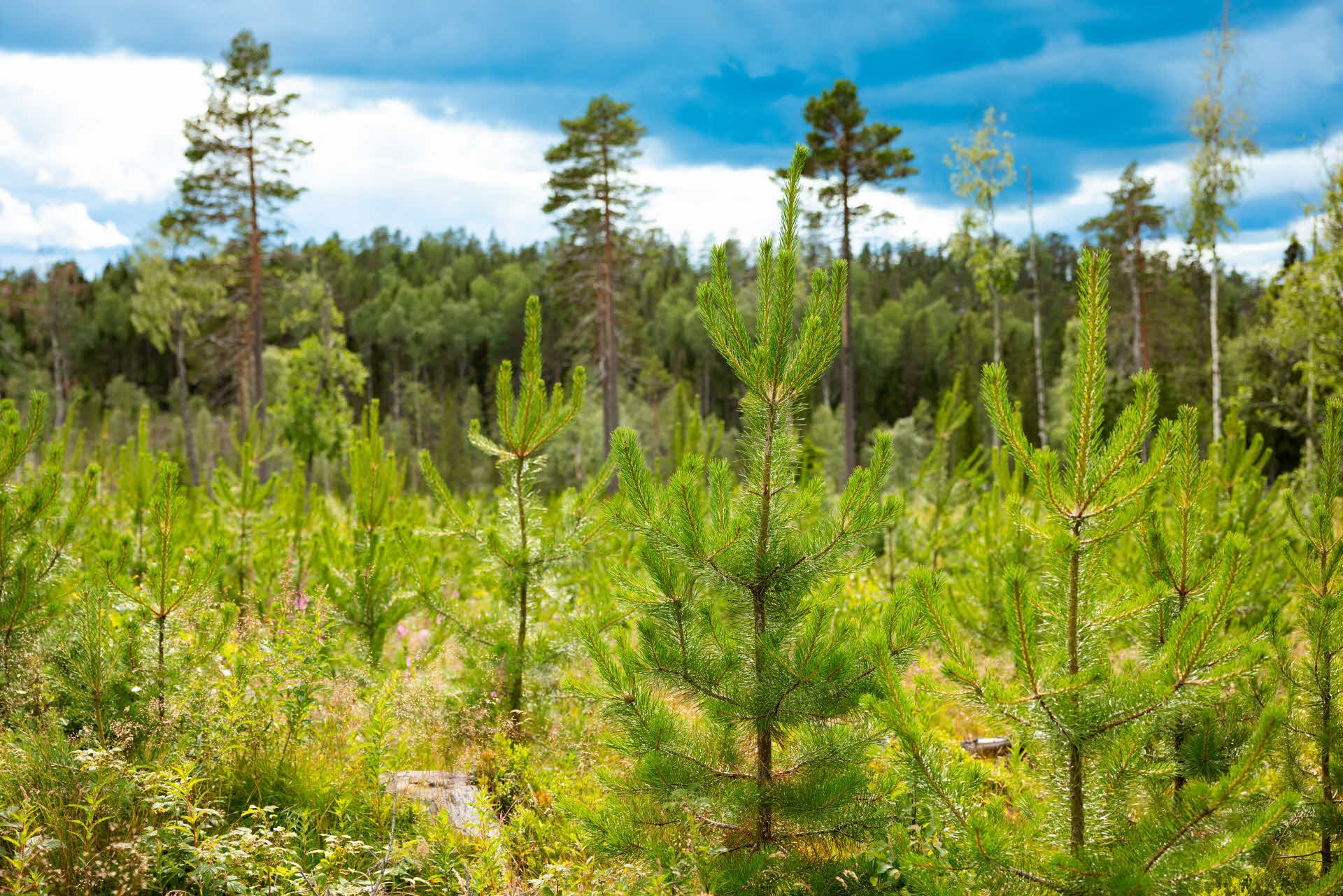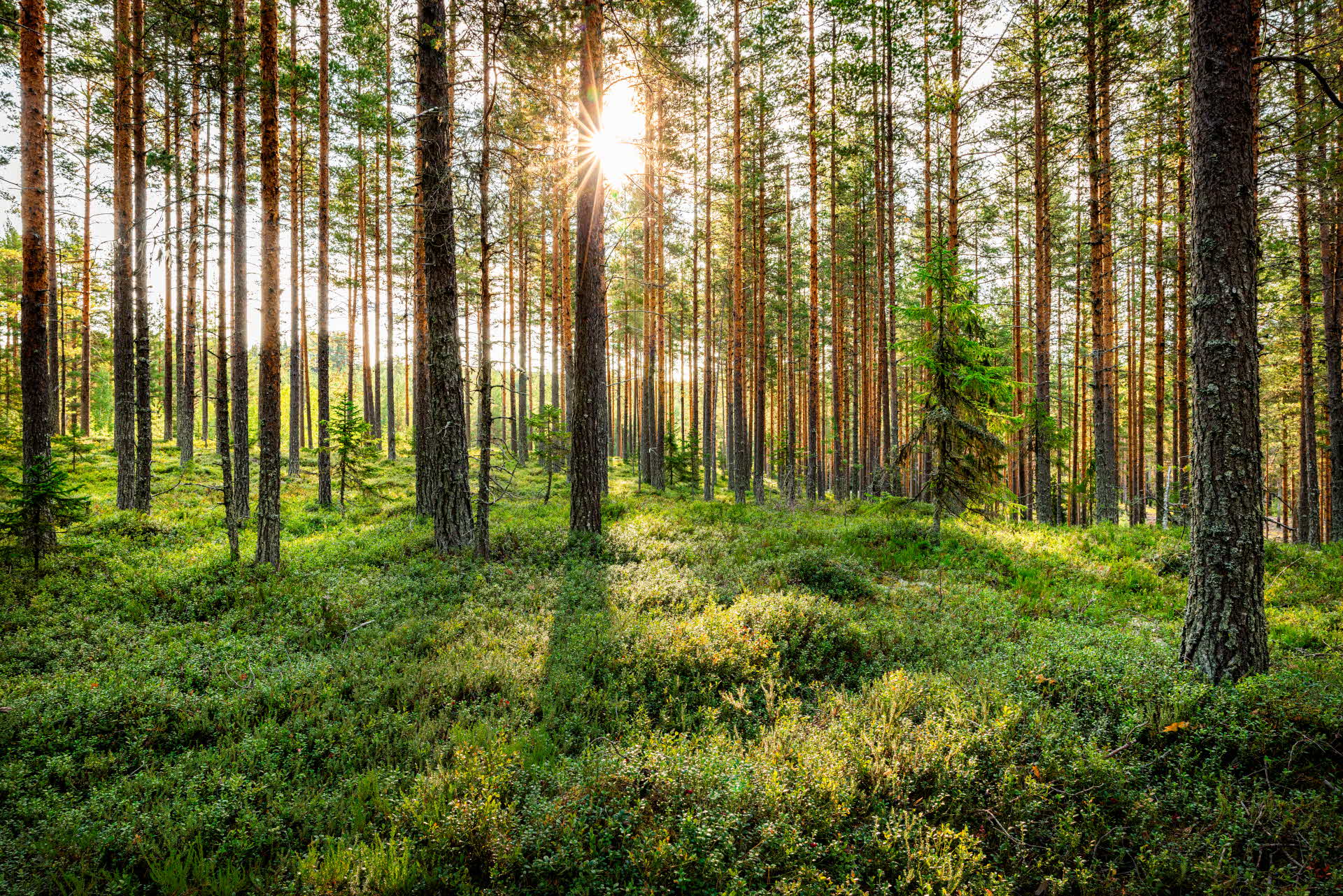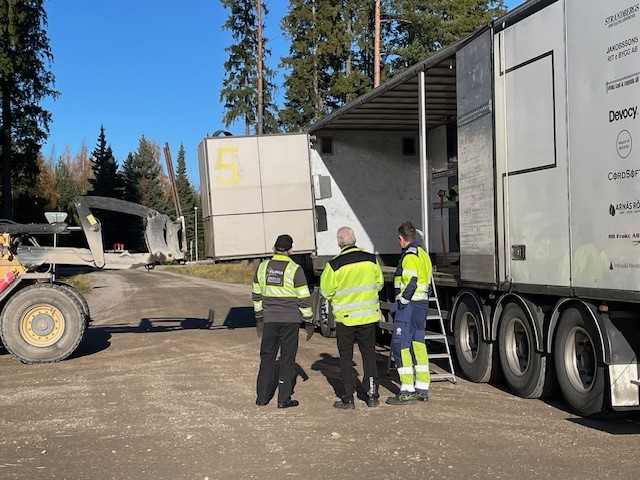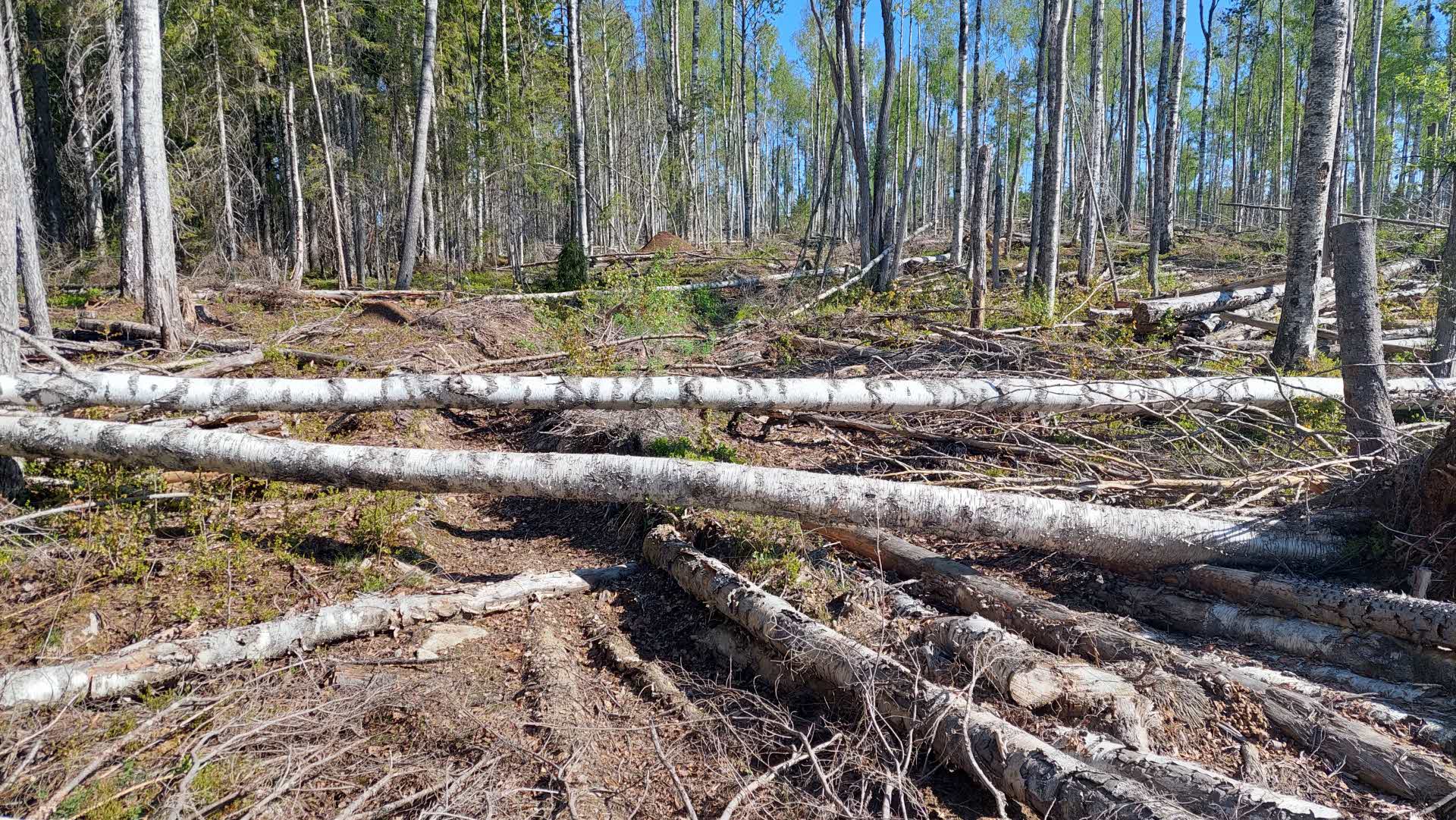
Significant impact on bird fauna in deciduous forest after SCA’s actions
- News
- Forest
- Sustainability
Many more birds and several new species. That is the result five years after SCA implemented measures to promote bird fauna in a larger area of deciduous forest in western Medelpad. This is demonstrated by the survey conducted by BirdLife Medelpad. "The number of species and individuals has increased by more than 50 percent five years after the actions," says Peter Berglund from BirdLife Medelpad.

SCA and BirdLife Medelpad (BLM) have had a collaboration agreement since 2019, aimed at fostering the development of various bird species through targeted measures and monitoring in selected areas. One of the first areas included in the collaboration lies between Navarn and Holmsjön in western Medelpad.
"In autumn 2020, we harvested most of the spruce trees in a presumed deciduous forest on about 30 hectares, where spruce was beginning to dominate. A deciduous forest is a forest stand that has developed naturally after a forest fire, with a higher proportion of deciduous trees compared to the surrounding coniferous forest. Once the spruce trees are removed, the deciduous trees are given the opportunity to grow large, and the forest becomes lighter and sunnier," explains Emelie Westin, Conservation specialist at SCA.
Picture to the right is Peter Berglund's selfie during the inventory work
Survey before and after
A large portion of the harvested trees was left in the cleared deciduous forest to support the development of insects, lichens, mosses, and tree fungi. Additionally, SCA left 20 hectares of spruce forest, rich in older deciduous trees, untouched around the intervention area.
Today, the area is a mixed forest dominated by deciduous trees, with an average tree age of around 100 years. BirdLife Medelpad has surveyed birdlife both before and after the measures to monitor bird population development over an extended period.
The first survey in 2022 after the measurements already showed positive results regarding the number of observed bird species, although it was then too early to draw major conclusions. This year's survey reinforces those results and will be followed by several more.
Benefiting bird diversity
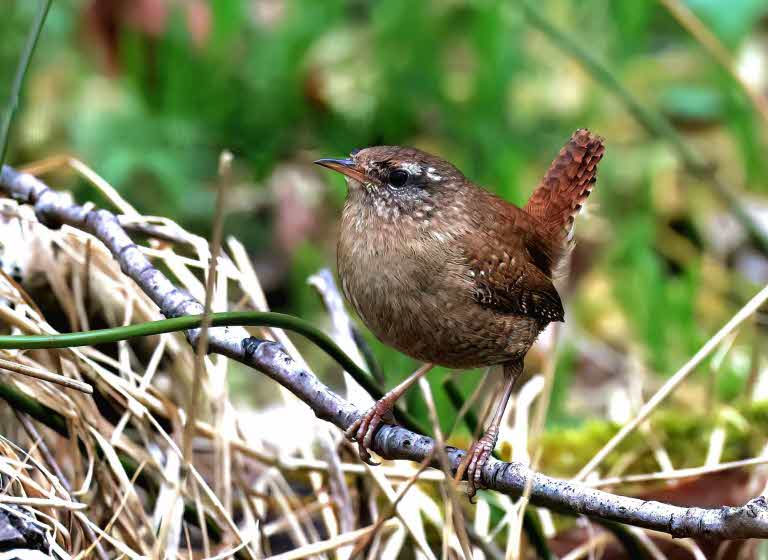
"The creation of deciduous forest combined with proximity to older coniferous forest has clearly benefited bird diversity. The number of individuals has increased by over 50 percent in five years, which surprised us bird experts," says Peter and continues:
"The number of individuals per kilometer of bird counting in the area, called Oxbäcksvägen, is now higher than what is typically observed in any of the thirteen fixed areas annually surveyed in Medelpad over the past 25 years. This raises the question of what might happen to birds in the forests of Norrland if the mix of deciduous trees in SCA's and other forest owners' forestry practices continues to increase in the future."
Picture show a Wren (Troglodytes troglodytes), that thrives in both the newly created and undisturbed parts of the area.
In his report, Peter notes that SCA’s measures have created new habitats with increased light exposure, understory vegetation, and dead wood, which have benefited many species.
Establishment of several species
The survey shows that several deciduous forest-associated species have established themselves in the area, including Troglodytes troglodytes, Phylloscopus trochilus, Sylvia borin, Ficedula hypoleuca, Columba palumbus and Turdus pilaris.
"A total of 51 species have been observed, compared to 27 before the measures. Several of these are red listed as threatened, such as Picus canus, Dryocopus martius, Picoides tridactylus, Perisoreus infaustus, Accipiter gentilis, Buteo lagopus, Strix uralensis and Apus apus," says Peter, and continues:
"The number of woodpeckers has doubled, which is a result of the area having much more dead wood. The three-toed woodpecker remains in the edge zone, while the lesser spotted woodpecker has moved in. However, the numbers of goldcrests (Regulus regulus) have decreased, which is due to the reduction of their preferred habitat."
Even capercaillie has been observed regularly in the open deciduous forest area.
"This year, we noted a nest with eight eggs," shares Peter, who suspects there has been a capercaillie display area in the pine-dominated section of the area for a long time. "It is clear, however, that the capercaillie benefits from the deciduous forest area, as they have often been seen foraging there following the measures."
Some caution
However, Peter emphasizes the need to interpret the inventory results with some caution.
"Some species have large territories and may not be established in the actual area. They have increased opportunities to, for example, search for food in the area or to nest in nearby areas. Certain species also fluctuate in numbers between years, even though they are considered stable. Broader inventories are required, especially before similar forestry measures, to draw more reliable conclusions. Furthermore, if botanists, mycologists, and entomologists are involved, the scientific evidence regarding the consequences of different forestry measures for the future fauna and flora increases,” says Peter.
Pleased about results and collaboration
Emelie is very pleased with the results.
“It is very exciting to see that our measures have yielded such good results. We are also very happy about the collaboration with BirdLife Medelpad and that we can benefit from their expertise regarding birdlife. Hopefully, the positive development in the area will continue in the coming years, and even more birds will find their way here. We would like to conduct recurring inventories in the future, but we are also considering involving researchers to examine additional areas where we promote deciduous forests to gain deeper scientific knowledge."
Top picture show a part of the newly created deciduous burn area at the edge of the old forest, in May 2024.
Photo: Peter Berglund, Åke Gustavsson
